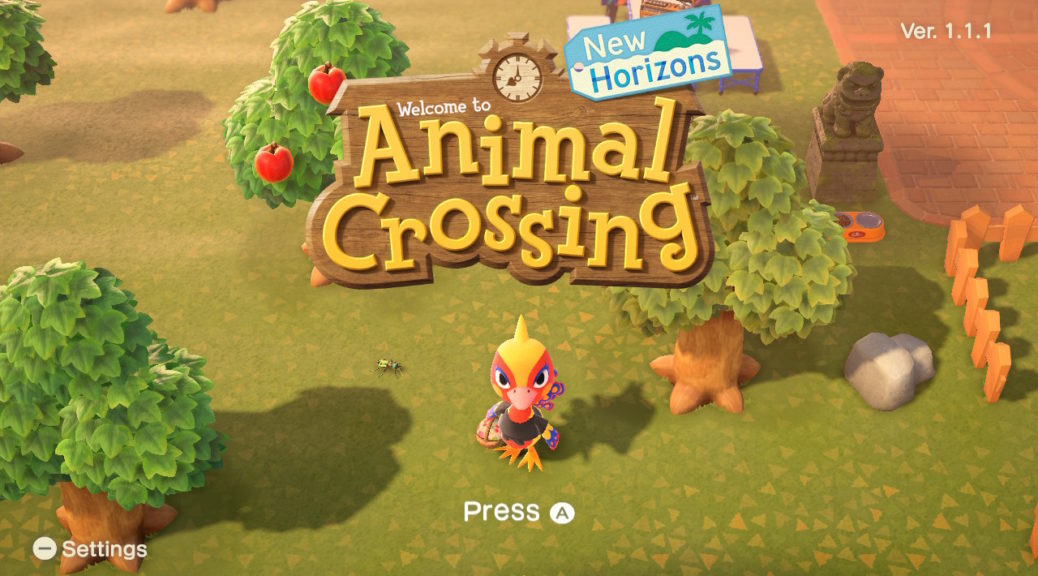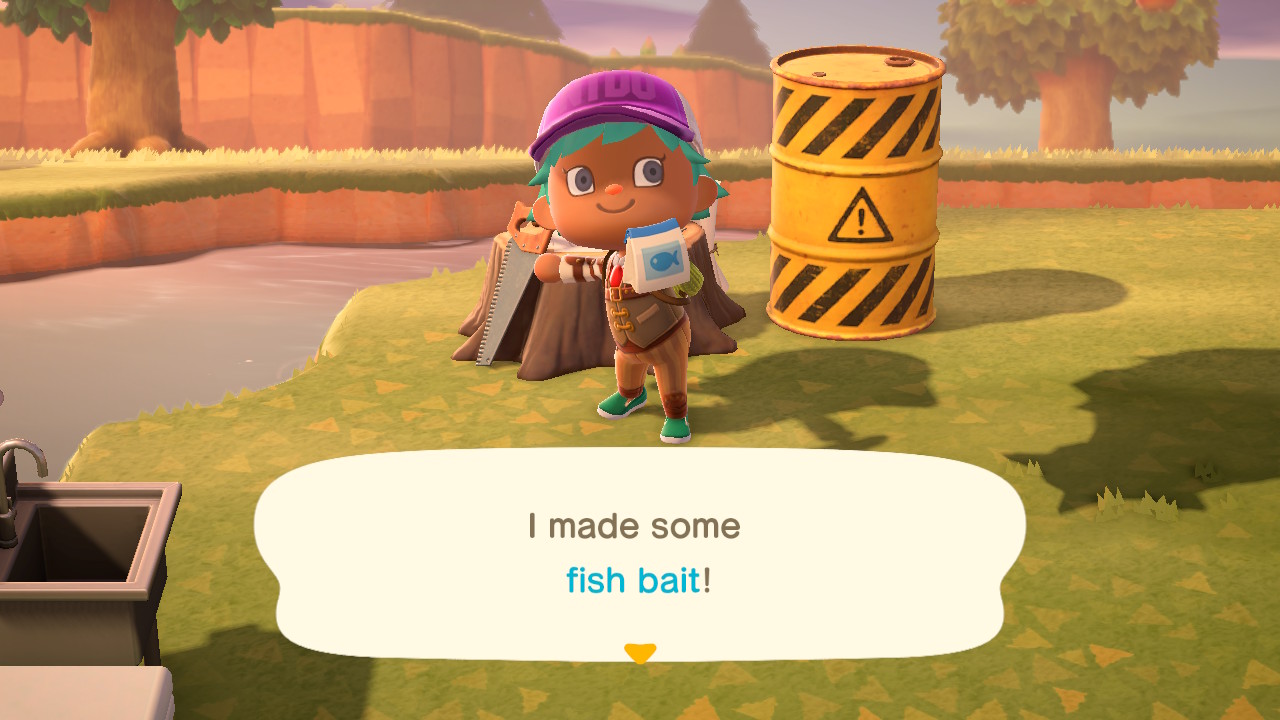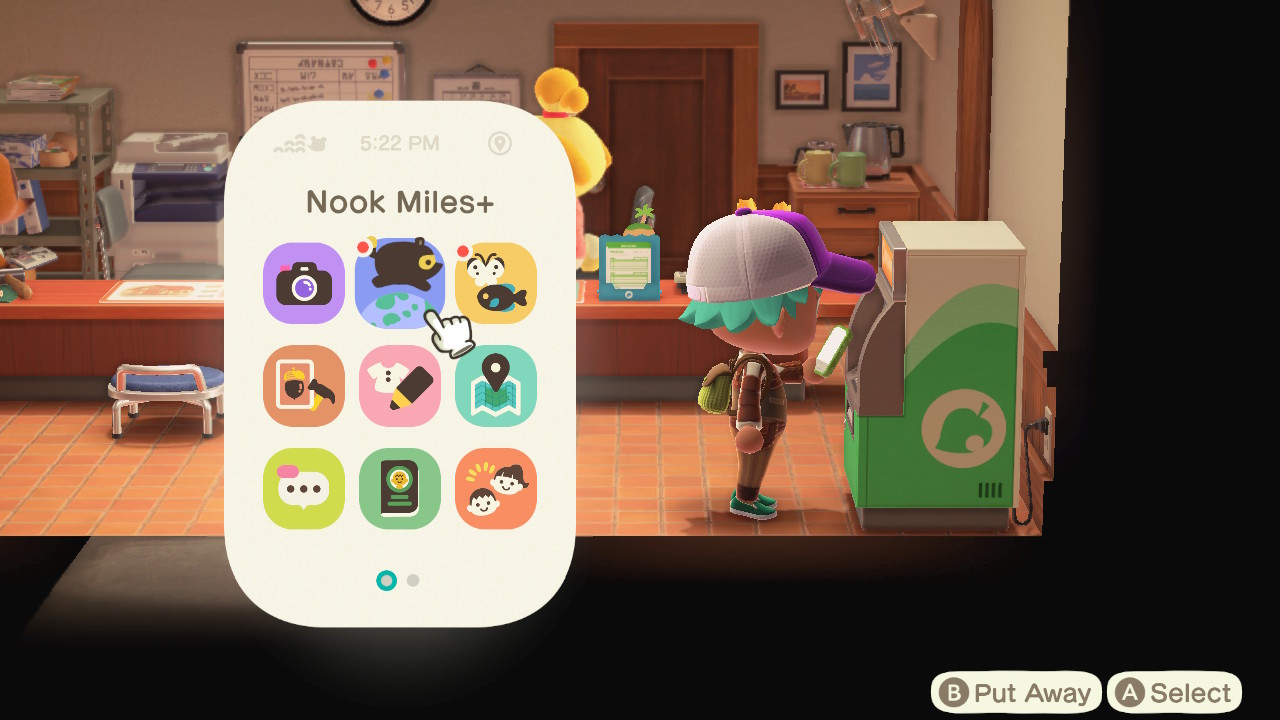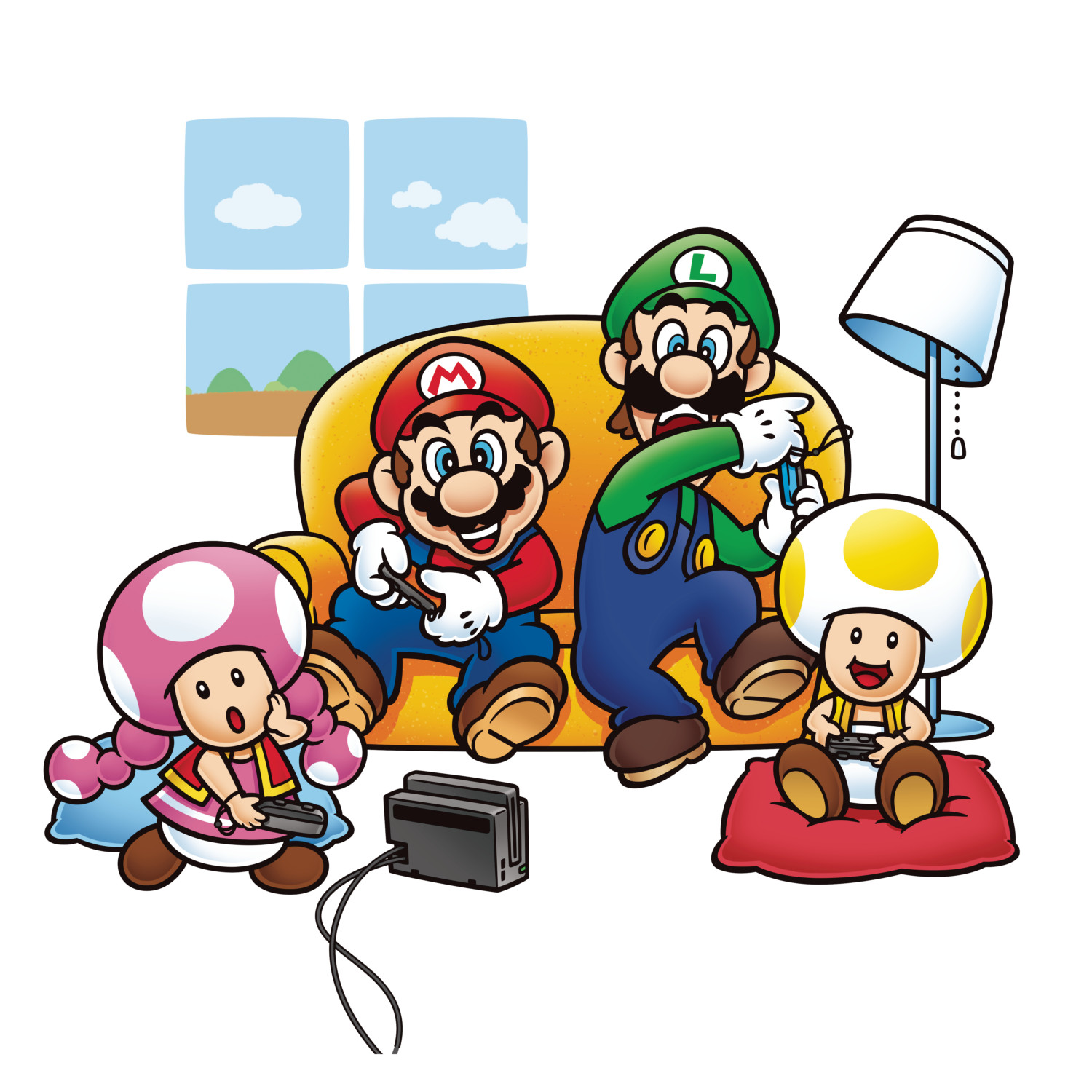
Game Review: Animal Crossing: New Horizons
After much anticipation and one delay, Animal Crossing: New Horizons hit store shelves on the 20th of March 2020. The trailers and promos promised all the things longtime fans love about Animal Crossing series, along with a few interesting new twists like crafting and terraforming. Did the game live up to everyone’s lofty expectations? How did its attempts to change up the formula turn out? Can a complete newbie to the franchise find something to like in this latest installment? All these questions and more will be addressed in this review.
Exploring

Right off the bat, Animal Crossing: New Horizons wastes no time getting the player started on their grand adventure. After customizing your name and look, you’re quickly whisked away to a deserted island of your choosing, where you are let loose to explore and do “whatever you want” after a quick tutorial and introduction.
In this early stage of the game, exploration serves as the primary source of fun and excitement for the player as they get a feel for the island’s layout, as well as the wide variety of flora and fauna that call it their home. Whether it’s plucking flowers, digging up fossils, catching insects, there always seems to be something new to discover, with the simple but highly polished graphics making it that much more enjoyable to just run around and take in the sights and sounds.

Frankly speaking, players could probably spend many hours just exploring the island catching bugs or fish alone. However, they’ll quickly realize that there are quite a few places where they can’t quite access yet, being blocked off by a river or an unscalable cliff. Getting to these areas requires some progression in the game’s story and serve as a tantalizing motivator for players to move forward, if only to finally catch that cool looking beetle hovering just out of reach at the top of the waterfall.
If you’re the type of person who enjoys these sort of semi-open world experiences with an emphasis on exploration and discovery, Animal Crossing: New Horizons has got that aspect well covered. That said, this is pretty much only half of what the game has to offer, bringing us to the game’s next major aspect: Crafting.
Crafting

As made clear by Tom Nook the minute you step foot on the island, the actual main “goal” of Animal Crossing: New Horizons is to develop the island from a deserted wilderness into bustling township. To do this, players will have to take advantage of the games’ newly introduced crafting system, terraforming, custom designs, and more.
These new crafting features are refreshing additions provide players a greater sense of accomplishment and freedom compared to previous installments. DIY Recipes enable players to craft all manner of tools, furniture and clothing from collected resources, while terraforming allows them to bend the very landscape to their liking.
These combined with the Resident Services construction projects and custom designs help players bring their most imaginative ideas to life on the island, making for some truly astonishing creations that can be found all over the internet. There’s just something magical about putting together your ideal island and looking back on all the hard work you put in to make it so (and showing it off to your friends).

That said, the crafting system does have one or two quirks that make things a bit less enjoyable. The most annoying of all of them is the breakable tools, which as I understand weren’t a thing in previous Animal Crossing games. Even the most expensive tools in the game break after a certain number of uses, grinding gameplay to a halt as players scramble back to the crafting bench to make more. Another is being only able to craft one item at a time, making consumables like fish bait tedious to replenish. It’s not enough to ruin the entire experience, but these are still odd choices which sully an otherwise very enjoyable part of the game.
Even so, other than those minor issues, crafting and island development in Animal Crossing: New Horizons is an absolute joy, and players will probably find themselves sucked in as soon as the option opens up to them, even if they have no prior experience with the franchise.
Rewarding

Apart from crafting, the other new feature New Horizons introduces to the series are Nook Miles, which are basically another form of currency players receive for completing ordinary tasks or reaching certain milestones. Every activity from hitting rocks to talking to your fellow villagers rewards the player with a certain amount of Nook Miles, which can be exchanged for various rewards such as exclusive furniture, Mystery Island Tickets, and gameplay unlocks.
As you could probably imagine, Animal Crossing requires players to engage in a lot of repetitive tasks (e.g. shaking trees, fishing) in order to make progress. With Nook Miles, even the most menial of these tasks is rewarding for the player, whether its progressing towards a new unlock or the coveted Mystery Island Tickets, the most efficient way to recruit new villagers and gather a large amount of resources. The Miles ensure that there’s always something for you to do or work towards at any given moment, providing structure and purpose to what might otherwise be a sort of aimless experience.

However, the Nook Miles system could potentially turn into a source of burnout once the rate of earnings slow down. Although the Miles are likely the developers’ way of rewarding players for simply playing the game how they want, some of the rewards like Mystery Island Tickets and the Terraforming unlocks are so valuable that players may start performing tasks solely to earn miles, turning them from a cool reward for playing into another resource to painstakingly grind. Granted, its not guaranteed that every player will begin seeing miles this way, but it bears mentioning nonetheless as a potential flaw in the introduction of Nook Miles.
Waiting

Like the previous games, Animal Crossing: New Horizons is designed to be a slow burn, a game that players are meant to enjoy for a long time. What this translates to is that the game time gates certain events and progression, requiring the player to wait for long periods of real-life time to accomplish certain tasks. This includes a whole day for construction projects to be built, to waiting up to months for a specific seasonal fish to appear for the museum collection.
Although not immediately obvious, it’s clear that the time gating was intentionally implemented to help players pace themselves and not get burnt out too quickly on the game. Since there’s only so much they can do while waiting for the next major facility or new batch of collectables come around, it encourages players to take a break and come back later when the game is ready for them to make more progress. Its an ingenious solution that also makes the game a lot more immersive, especially with the changing seasons and holiday events.

While veterans might already understand and be used to this concept, players less familiar with the franchise could find the time-gating overly strict and quite frustrating. For example, getting all the islands most basic facilities like the museum, shop, and resident services alone will take a week of real-life time at minimum, with the highly anticipated terraforming feature potentially requiring even more days on top of that. Admittedly, the waiting gets a little bit more bearable over time, and the Nook Miles alleviate it somewhat, but time-gated progression is definitely a major hurdle that new players will have to get over in order to truly experience everything the game has to offer.
Concluding

Overall though, Animal Crossing: New Horizons is a game that well-exceeds expectations, bringing the series to a new level by building upon the franchise’s strengths while also adding engaging new features. Between exploring the environments, collecting bugs & fish, and developing your island there’s an almost endless amount of enjoyment to be had. Despite a few minor gripes here and there, it’s a game that will inevitably suck you in, and is well-worth all the time and attention you’ll give it in the many months to follow.
Pros
- Exploring the islands, collecting bugs/plants/fish, interacting with various characters, is fun, augmented by the game’s graphical polish.
- Crafting system and terraforming system are neat additions that make the game even more engaging, letting players really transform their deserted island into their ideal paradise.
- The Nook Miles system means everything you do in the game is rewarding, even the tasks that would normally be mundane busywork.
Cons
- Odd choices in the crafting such as tool breakage and inability to craft multiple copies at once can be quite grating, although not enough to ruin the game.
- Because Nook miles are so valuable, you may eventually start performing tasks to earn miles, rather than the miles being a nice reward for playing how you want to.
- Time gating makes this game a slow burn, preventing you from being able to access everything the game truly has to offer until at least one week, provided you maximize your efficiency/use guides.
Verdict: This soup will be staying fresh on your tastebuds for a long time!
Soup Temperature: 9/10

A review code was provided by the publisher for the purposes of this review.
